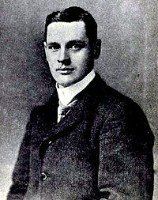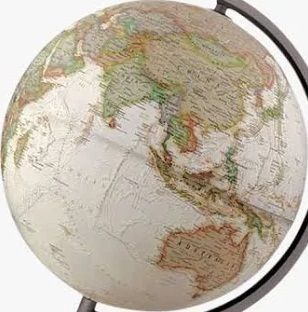
“In the last decade the forward line was purely individualistic, and there were certainly many giants of the game. Combination play was, generally speaking, unknown, and every forward was quite on his own. The forward line is now a combined one, and in one way it is more effective than the old style. It is hardly possible to get a combination of both, but it can be done, and if a team are fortunate to do so they would certainly come out on top at the end of the season. It is a recognised fact that the forward play of to-day is rather too mechanical, and we miss the individual efforts that we used to appreciate so very much in the days gone past,”
“Naturally, the centre forward is the connecting link in the rank. He should be tall, a fine dribbler, and more often an individualist than any of his comrades. He should also be able to keep his wings well together and distribute the play to the best advantage, and most of all to be a fine shot,”
“The inside forwards (his position) should do what is called “the donkey work”, to fetch and carry, and to help the half-backs when they are in a dilemma. Theirs is the most thankless job of the lot and a great deal done by them is often unappreciated.”
“Coming to the outside man, he should be able to shoot accurately from any angle. Often a great failing of his is running towards the corner flag instead of making a beeline for the goal.....I do not believe in an outside forward coming to the assistance of the defence, save under exceptional circumstances...... Centring the ball is a great feature, and the best position from which to do so is about thirty yards out, landing the ball close upon the twelve yard line. If he puts it further than that the goalkeeper is in a position to catch it and the save the position........The art of being able to place corner kicks effectively is a thing of the past. Perhaps this is due to the restrictions against charging the goalkeeper (introduced 15 years earlier) unless he is actual contact with the ball........It may seem strange, but the best way for the outside right to kick is with his left foot. The same applies to the outside left; he should kick with his right foot. The reason here is surely obvious, because kicks with your left foot from the right wing cause a slight swerve on the ball.”
“There is no doubt that the half-back line is the back-bone of the team, and probably the centre half catches the eye more than any other member of the eleven.......as he is command of both the attack and the defence....I prefer a fast man for this position.....his head work ought to be excellent.....the distribution of play is practically left to him. It is debatable point regarding the halves whether they should direct their main efforts against the inside or outside forward. To my mind, there ought to be an understanding between the back and the half, but in theory the half-back should tackle the inside forward and leave the outside man to the back. The best of critics disagree on this point.....”
“One associates the full back with long and lusty kicking but he must possess many more qualifications. He must be speedy, a fine tackler, and, above all, a good header of the ball. He must be strong in defence, but again, when his side is having most of the play he should be able to put in many a good shot......he should be able to kick as well with one foot as the other.....to the uninitiated it seems that when the ball come to the back he should return it vigorously, and nothing more. This is far from correct. Many of our best backs have been moderate kickers, but when they did kick they did so with discretion and judgement, placing the ball to the full (perhaps half-) back if he was free or to the outside right or left, as the run of play might be.”
